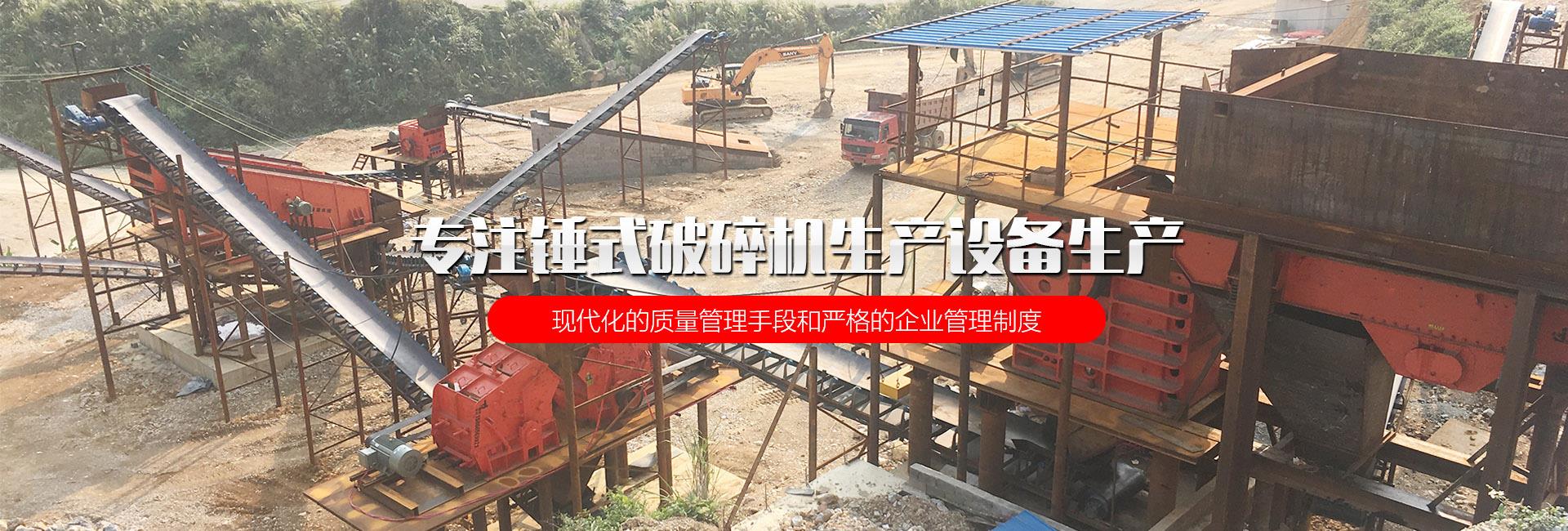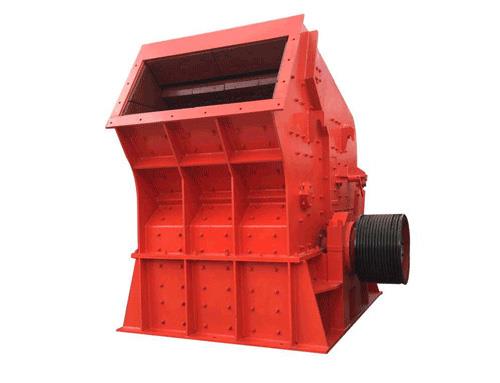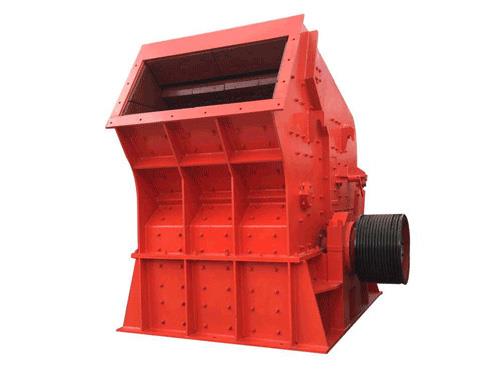

Description
The sand and gravel used in our construction can only be used after being crushed by the equipment. Because the newly mined gravel is relatively large and has different particle sizes, it is not suitable for the use requirements of building construction and needs to be processed by crushing equipment. Only after
The sand and gravel used in our construction can only be used after being crushed by equipment. Because the newly mined gravel is relatively large and has different particle sizes, it is not suitable for the use requirements of building construction and needs to be processed by crushing equipment. Only then can it be used in our building construction. Let us now introduce to you the more commonly used counterattack crushers.
The main advantages of impact crusher
1. The energy consumption of the equipment is relatively low, the volume is relatively small, the simple structure, the lighter weight, but the production capacity of the equipment is relatively large, and the feed port of the equipment is relatively large, and the higher crushing cavity is energy efficient. Get a better crushing effect.
2. The crushing of ore is better and the electricity used is less, but the efficiency is higher.
3. The crushing ratio is large, up to 40, which can simplify the crushing process. The three-stage crushing can be changed to two-stage or one-stage crushing, which reduces the equipment cost of the concentrator.
4. The gap between the impact plate and the hammer is easy to adjust, the discharge particle size can be better controlled, and the particle shape is good
5. High chromium plate hammer, impact resistance, wear resistance, high impact
6. Keyless connection, convenient maintenance, economical, and durable.
7. It has the advantages of complete crushing function, high productivity, small wear and tear of mechanical parts, and high comprehensive benefit
8. The impact crusher has selective crushing effect, and the crushed product has uniform particle size and mostly cubic stone shape. More used in the construction of bridges, highways, docks, airports, etc.
